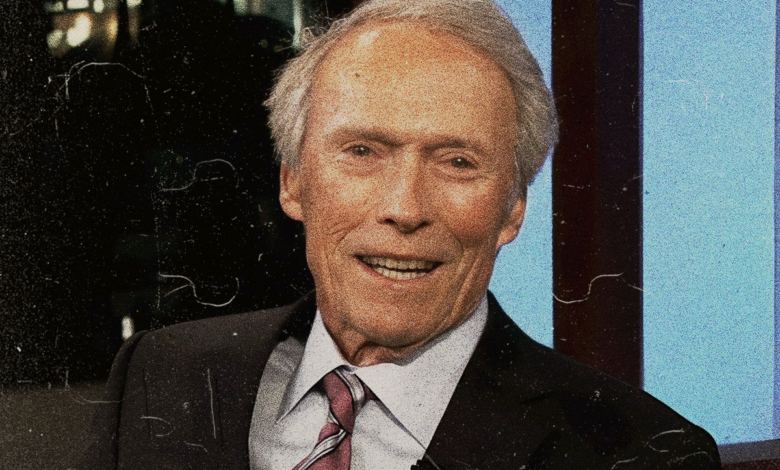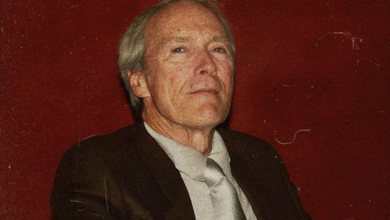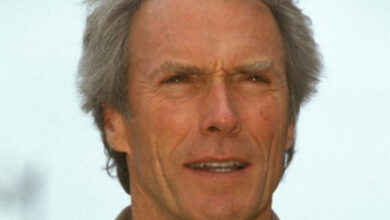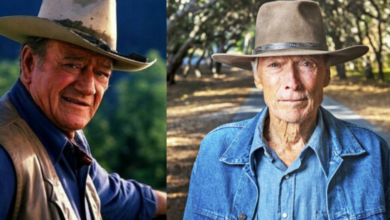Clint Eastwood’s favourite John Ford movie
Even though they’re easily among the most iconic names in the history of the western genre, the paths of Clint Eastwood and John Ford never crossed

While both worked heavily in that particular arena at the same time, the intersection never happened.
Of course, they were at very different points in their careers, with Eastwood at the beginning of his as Ford’s was winding down. And yet, the former’s eight-season stint on Rawhide and subsequent headline role in Sergio Leone’s Dollars trilogy still coincided with a period where Ford was helming westerns at a rapid rate.
Between Eastwood’s Rawhide debut in 1959 and the release of The Good, the Bad and the Ugly in 1966, the filmmaker helmed The Horse Soldiers, Sergeant Rutledge, Two Rode Together, How the West Was Won, and Cheyenne Autumn. Four of them featured John Wayne – who eventually ended up feuding with Eastwood – making it a major ‘what if’ of the western that the stars never quite aligned.
Despite that, Eastwood’s favourite film of Ford’s wasn’t even a tale of white hats and black hats firing their six-shooters at each other, but a drama set in Wales. When asked by the American Film Institute to name his personal top choices, the future Academy Award-winning director and producer opted for How Green Was My Valley, alongside William A. Wellman’s The Ox-Bow Incident and John Huston’s The Treasure of the Sierra Madre.
Adapted from Richard Llewellyn’s novel of the same name, Roddy McDowall starred as the youngest son of a coal-mining family caught up in the rapid-fire socioeconomic change of the early 20th century. Tracing the trials and tribulations of the Morgan clan as multiple generations reckon with personal and professional upheaval, How Green Was My Valley proved to be a massive success and was recognised as an immediate classic.
The movie garnered five Academy Awards from ten nominations, including ‘Best Picture’ and ‘Best Director’ in amongst an insanely stacked field that also numbered Orson Welles’ Citizen Kane and Howard Hawks’ Sergeant York. That achievement is a testament to the powerful portrait of working-class life Ford has assembled, considering the seminal status of many films it ended up beating to both trophies.
Eastwood may have become a staple of the western and then used it as a springboard to a resurgence of his own following the acclaimed Unforgiven decades later. Still, his number one film from Ford isn’t even set in America, never mind occupying the same narrative or thematic space as a cavalcade of each man’s most notable and important contributions to cinema.
Westerns might be the first thing to come to mind when the names Eastwood and Ford were bandied around, then, but their respective legacies stretch far beyond that.





